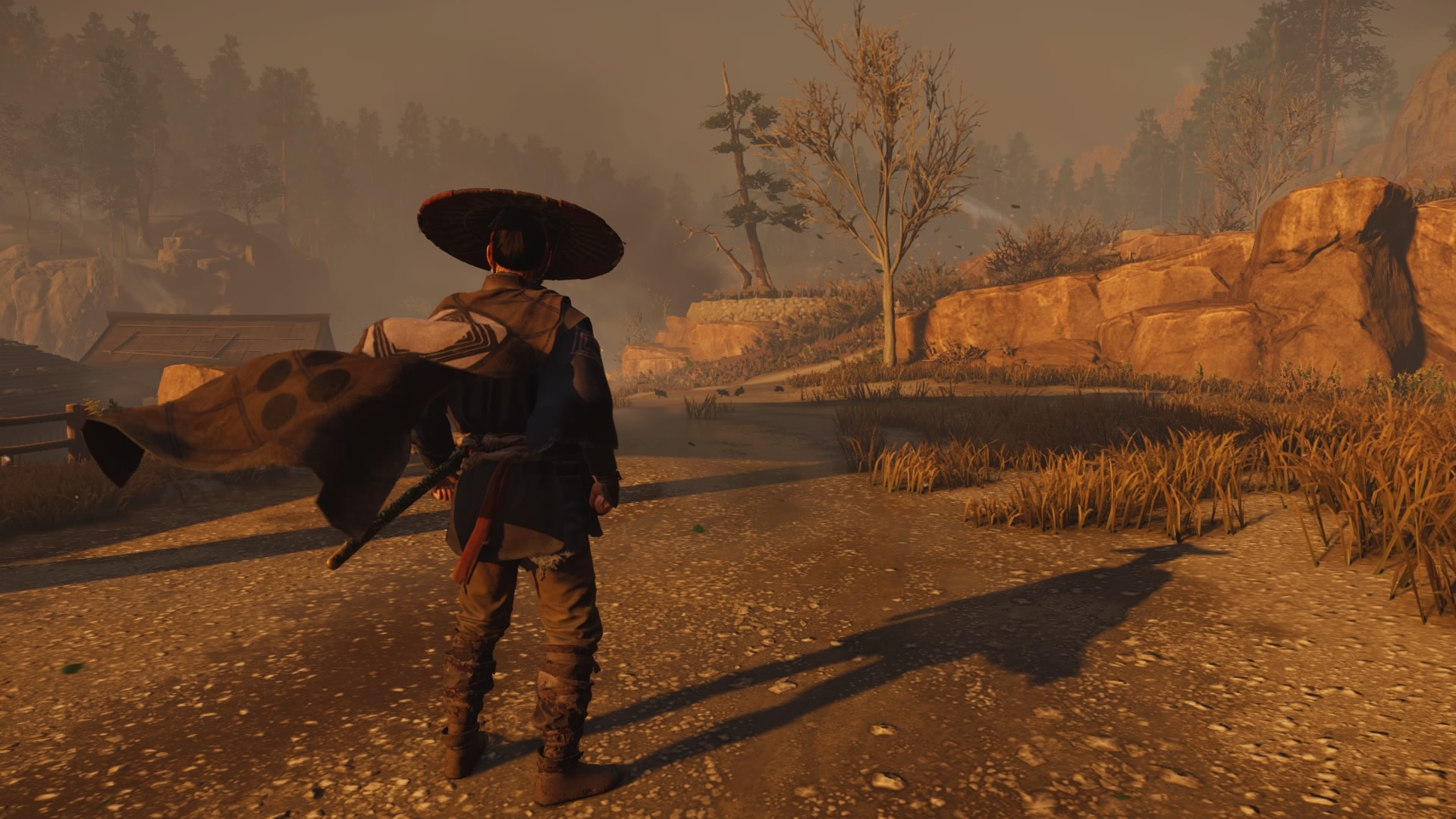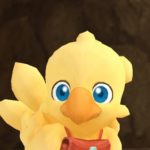Having now completed (I estimate) the first third of the game, I think I can talk a little more about how I feel about it.
Ghost of Tsushima promotes itself as a Kurosawa samurai movie come to life, and it’s pretty explicit in its classic movie references. This, however, is just a skin over what turns out to be a fairly standard open world action adventure game. But, a really fun, standard, open world action adventure game.
The high point of this sort of game was, for me, Horizon: Zero Dawn. It shared the same broad mechanic of opening up various maps with places to visit, collectibles to collect, resources to craft into gear, and so on, but with one, crucial difference: In HZD, you play as one of the few humans left in a post-apocalyptic world stalked by robot dinosaurs.
The story in HZD was utterly original and utterly compelling. In contrast, the world of Ghost of Tsushima seems utterly unprepared to support the superheroics of its samurai protagonist, Satai Jin. A hero who comes flying in, battles a dozen seasoned warriors and then disappears into the tall grass would seem incredibly out of place in an actual Kurosawa epic. Ghost of Tsushima is more Crouching Tiger than Yojimbo.
The combat — and there’s a lot of combat — is easily the best and most fluid combat I’ve seen in this sort of game. It’s easy and rewarding to shift between the different combat stances, and the game does a good job of helping you identify targets and move on to the next one without having to use any sort of targeting indicator. There’s plenty of variety in weapons other than the basic katana; smoke bombs let you assassinate enemies in the middle of a battle, black powder bombs let you start a battle with most of your opponents dazed for a few quick kills, firecrackers lure enemies out in the open where they can be nicely grouped for quick killing.
The game is extremely cinematic, so much so that for most of the game, there is no user interface present at all. Your course to the next objective is marked by the omnipresent wind. Tall spires of smoke mark enemies in the area. Yellow birds and foxes bring you to more areas of interest. It’s a game that is more interested in showing you the world than telling you about it.
I do worry that Satai is maybe a little too superheroic. I’ve just completed the first third of the game, but I already have most of the skill trees completed, have all the stances, all the “ghost” weapons. I’m well on the way to crafting most of the possible upgrades for all these things as well. What sort of progression is possible through the rest of the game?
I am enjoying the game and look forward to finishing it, but in the end, I doubt it will leave that much of an impression. It would have meant more to me if Satai had been the leader of resistance forces than a lone superhero, occasionally aided by other members of Team Satai, who mostly single-handedly defeats the Mongol horde and saves mainland Japan from subjugation.
But I guess that’s the breaks when your father is the wind at your back, and your mother is the yellow birds in the sky. (My boyfriend was trying to decide what sort of relatives the foxes or the differently colored birds were…)




